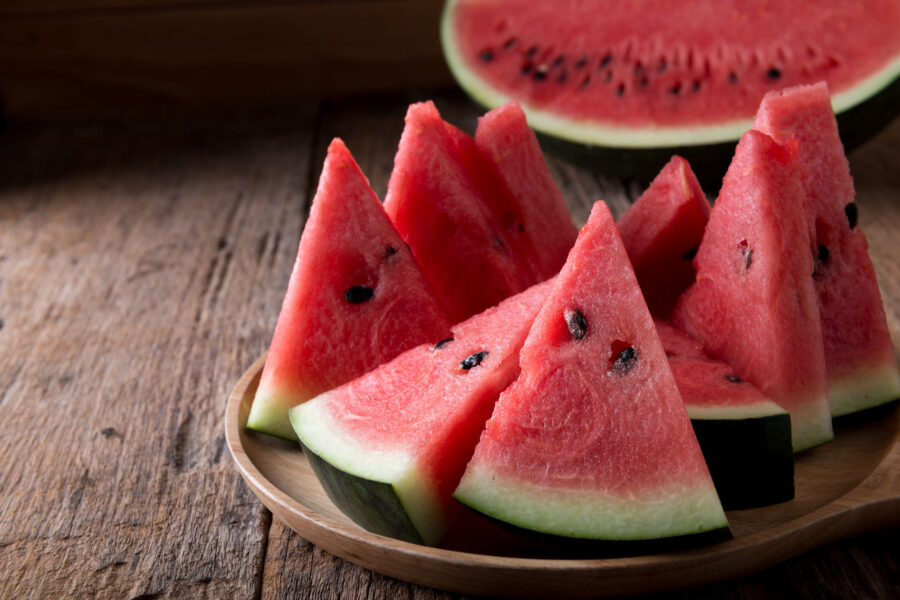Americans eat around fifteen pounds of watermelon annually per capita. Statistically, if you aren’t eating watermelon right now, somebody in your family is probably picking up your slack. It’s easily the most popular of the melons, and it’s a staple of cookouts, beach trips, and family reunions. Naturally, that makes watermelon a perfect pairing for beer, another warm weather favorite.
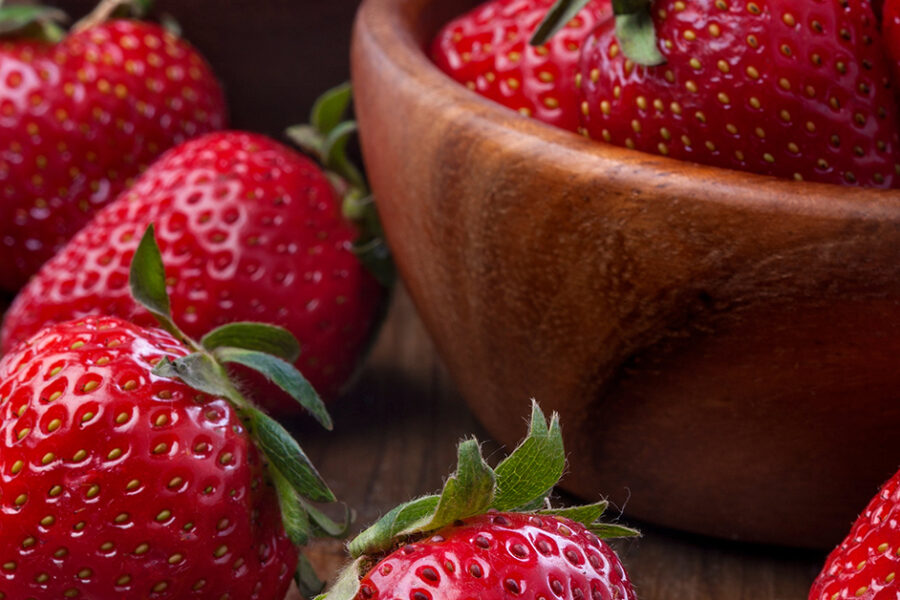
Strawberries are a popular pureé among brewers because the humble berry has so much to offer. It’s a popular mainstay flavor that simply cannot be engineered in a laboratory.
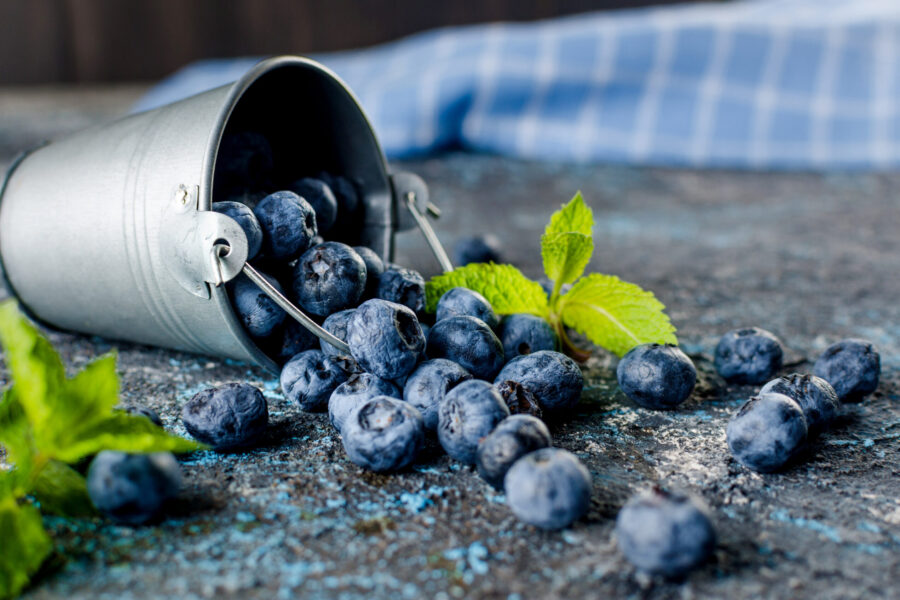
Blueberry alcoholic beverages experienced an 89% growth between 2019 and 2020, when Firmenich Flavors named the humble berry the flavor of the year. Its popularity hasn’t diminished since then. In fact, while the Maine native has often been associated with summertime, many food and beverage brands have been incorporating blueberries into their fall menus this year.
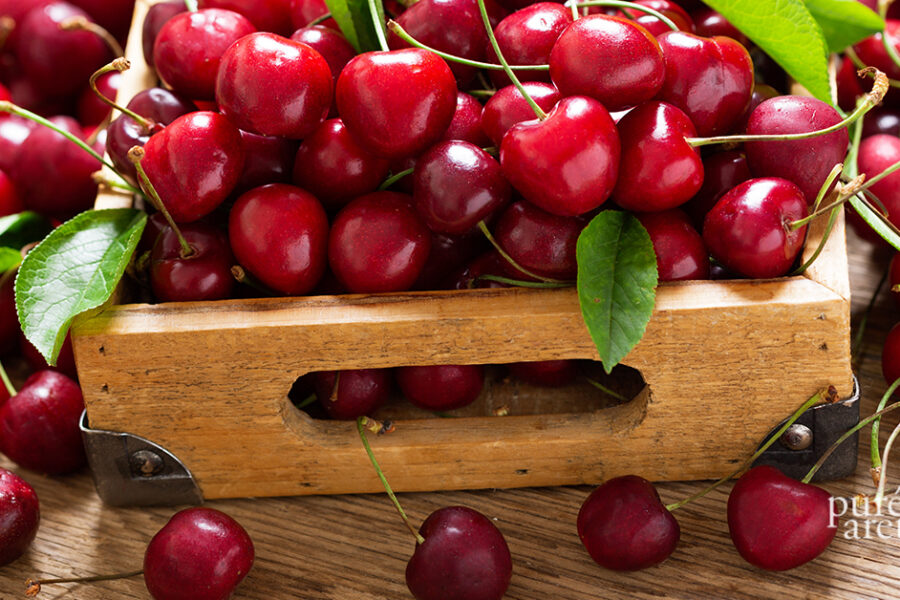
Cherries are, in many ways, iconic. They’re part of the collective culture, and cherry has remained a favorite stand-alone or medley flavor throughout culinary history. The sweet and sour fruit’s popularity is still growing,
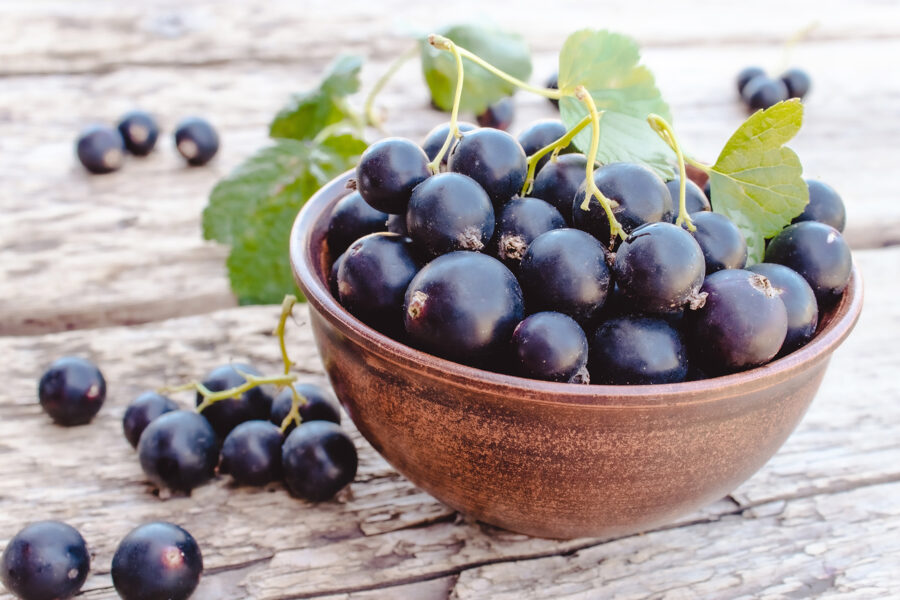
While modern market goers may not be familiar with black currants yet, this piquant berry was a staple summer fruit of farmhouses and monasteries in bygone days. It’s been a versatile ingredient in European ales, wines, and preserves for centuries, adding an earthy sweetness and a floral aroma to beverages and dishes.
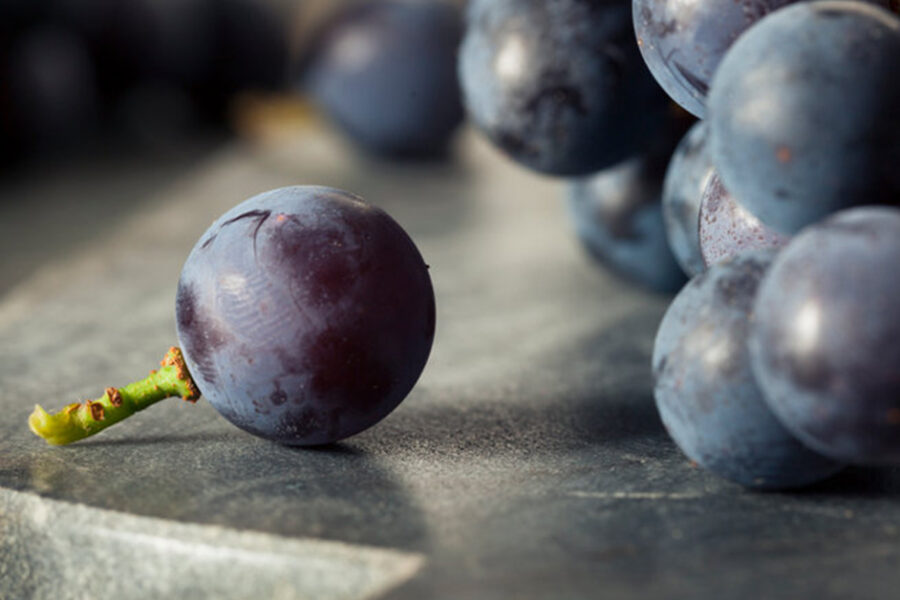
The Concord grape is a plump, purple enigma. On the one hand, this earthy grape from the American Northeast is an instantly recognizable fruit flavoring for candies, jams, and sodas. On the other hand, Concord grapes are so intensely grape-flavored that some people assume it can’t be real. It’s too musky and rich and deep. That’s because Concord grapes are “fox grapes,” whereas most table grapes and wine grapes are European vinifera cultivars.
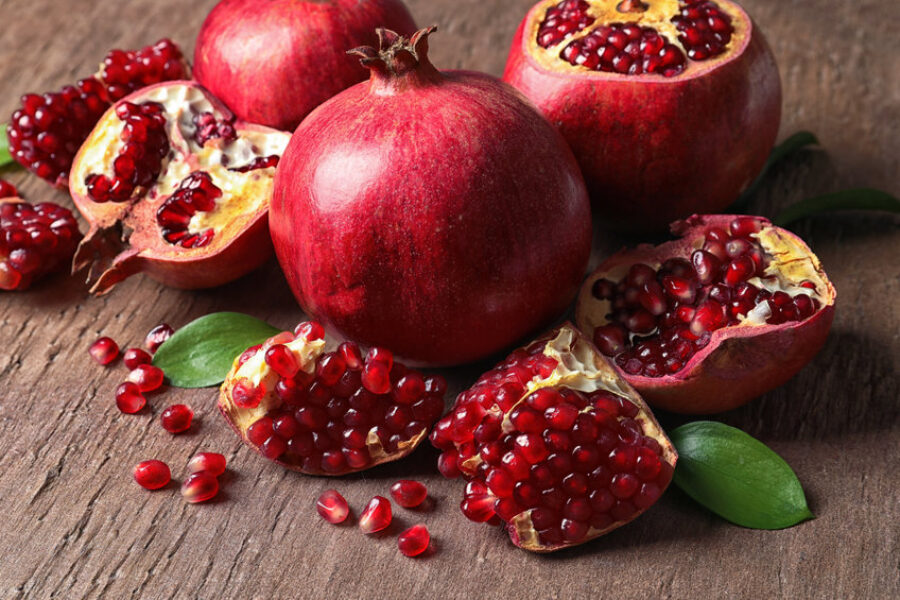
The pomegranate has a long history of being utterly irresistible. That hasn’t changed in recent years, though now the fruit’s notoriety as mythic trouble-maker is being replaced by a reputation as a super food due to its abundance of antioxidants and vitamins.
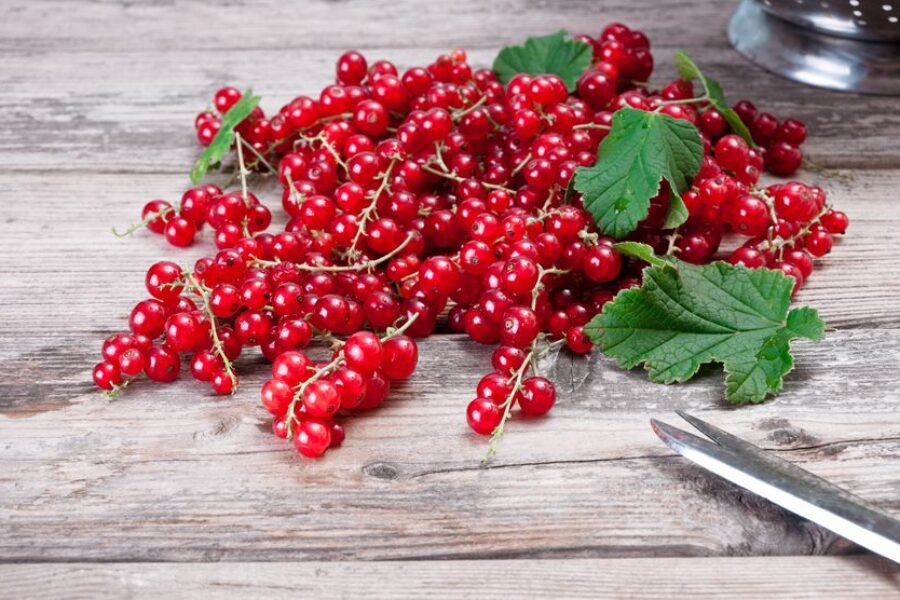
Red currants have been popular in Europe for time immemorial. You’ve no doubt seen the jewel-like fruits featured in recipes for jams, tarts, and pies if you’re a fan of The Great British Bake Off (and don’t be embarrassed if you are – it’s one of the top ten most-streamed shows in America). The berries are also great in cocktails, and they’re a popular addition to many Europeans liquors and ales. That’s because the red currant is a perfect balance of sweet and sour, snappy and subtle, dry and juicy
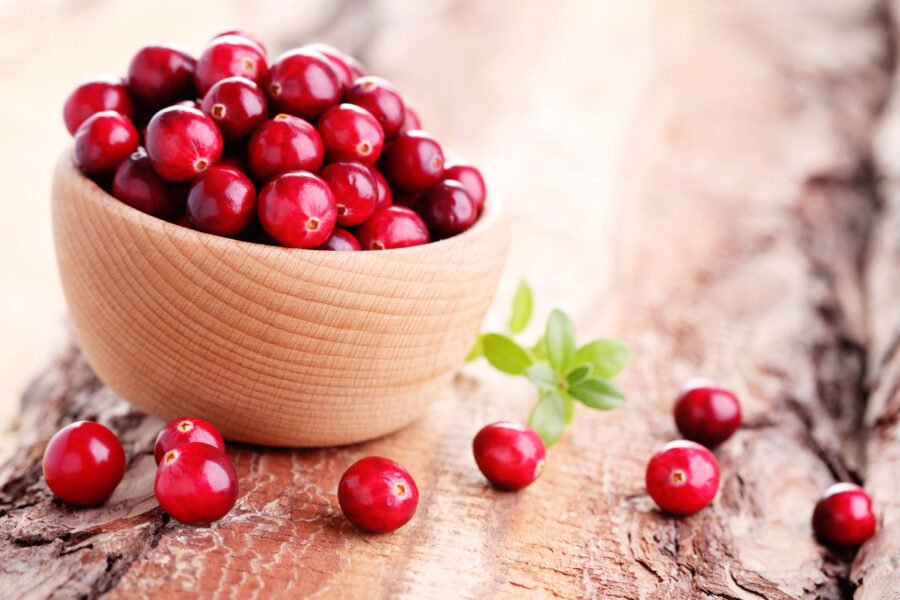
Though cranberries were relegated to Thanksgiving dinner and muffins for a while, today, they’ve gained international appreciation, and sales have skyrocketed in Europe and China. But how do cranberries fare when they mix and mingle with hops and yeast?
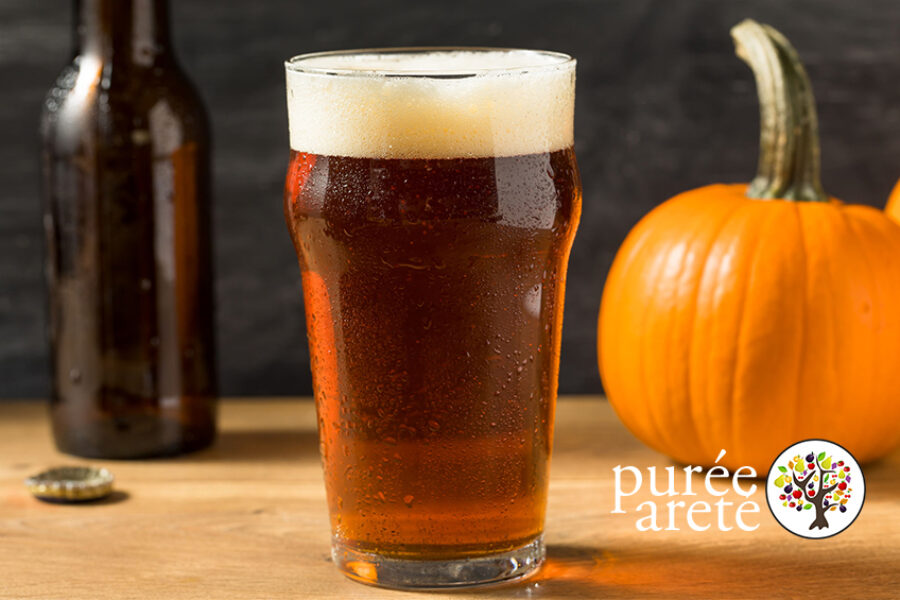
From lattes to, yes, dog food, the craving for pumpkin flavoring reaches a frenzied peak as the summertime cools off and the hint of holidays ahead abound. Brewers, too, get in on the excitement, and for good reason. A beer with a rich pumpkin pureé in the mix is the go-to brew


